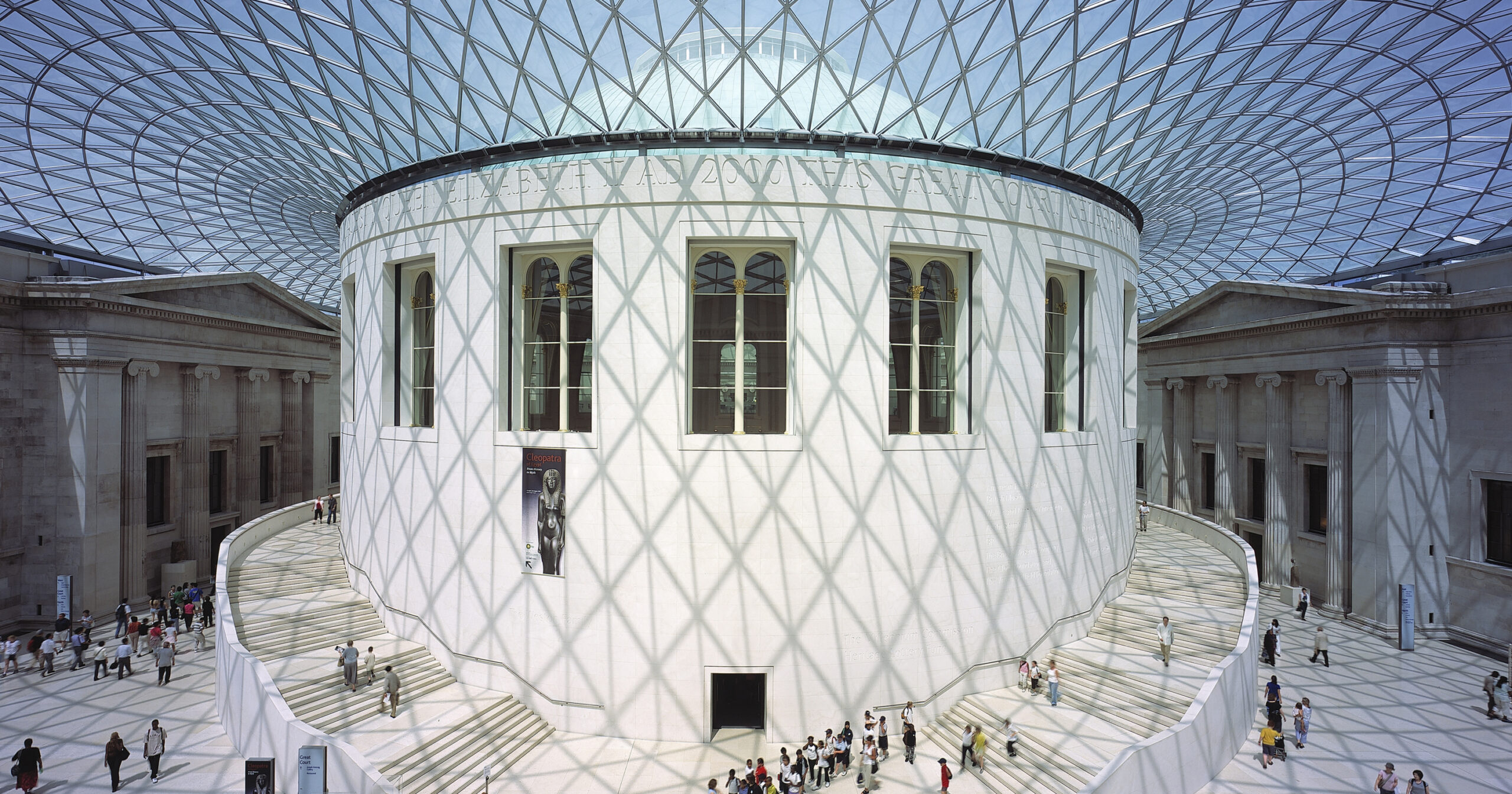Architects: Want to have your project featured? Showcase your work by uploading projects to Architizer and sign up for our inspirational newsletters.
Since the bloom of artificial intelligence (AI), countless articles have been written on how AI tools are utilized throughout the architectural industry. From architects showcasing their new visuals and drawings using platforms such as Dall-e and Midjourney to firms that collect all sorts of data and create computational AI models that allow them to tackle large-scale projects, it is evident that AI is aggressively shifting the playbook of architectural practice.
On the other hand, AI technology has been a lot quieter on the educational front, with universities gradually introducing it to their curriculum primarily through seminars, workshops and, perhaps less so, through fully evolved courses. In parallel, some academics (and architects in general) fear AI overshadowing the architectural design process, leading to hollow and surface-level designs that impress merely through stunning imagery. So, the question arises: Should universities introduce AI into the architecture school curriculum, and if so, how should it become integrated?
Should it be treated merely as another visualization tool?
Should it become part of the design course?
Should students learn how to use it as a tool for architectural technology?
The following examples outline four different university programs that recently introduced AI into their curricula — some in the most unexpected ways possible.
The University of Edinburgh | ESALA

EPH-Berlin, Villa Malaparte in Capri, CC BY-SA 4.0
In the autumn term of 2023, Mark Dorrian and Maria Mitsoula, ran a third year design studio titled AI + Explorations. The unit brief states “We were interested in working inventively with generative image and text interfaces, developing lines of inquiry that didn’t simply cede creative agency to the machine, turning the user into a consumer of what it returned. Instead, we sought to explore approaches that found critical ways of ‘talking to’ the digital apparatus, fastening upon unexpected outcomes and moments of incoherence that opened possibilities for architectural speculation in otherwise apparently seamless images.”
The students had to choose from a list of architecturally “famous” modern houses (Casa Malaparte, Eames House, Villa Tungendhat etc.) and use AI platforms to enact a series of transformations to the original source. Arguably, this process puts a new spin to a precedent study and design research in general by encouraging the “unknown”. Similarly to how experimentation with analogue materials may lead to unprecedented design directions, the unit explored how AI can be used as a research design tool rather than a visualization machine, thus transforming canonic-iconic buildings into irregular spatial conditions — for example an Eames House in which Dostoyevsky resides or Villa Malaparte becoming a prison.
The University of Bath | Department of Architecture and Civil Engineering
In October 2024 the course Artificial Intelligence for Engineering and Design MSc will run for the first time at the University of Bath. It is characterized as a course that is first-of-its-kind, teaching generative design and optioneering skills and delving into the more technical aspects of AI technology. They will explore automation and manufacturing processes as well as the roles of big data, digital twins and the Internet of Things and investigate how they can contribute to the creation of multidisciplinary and sustainable solutions to complex urban and construction problems.
Florida Atlantic University | School of Architecture
FAU School of Architecture is one of the first departments in the US to have integrated AI learning through its five-year BArch program at an advanced level. The first three years focus on the relationship between analogue and digital practices, in order to instill the students an understanding and appreciation for both. The aim is to train them to think about how to make the rules that will lead them to design, rather than the medium through which they will do it. In the final two years of the course, students are introduced to advanced AI technologies such as algorithms, 3D data sets as well as self-organization mapping and are encouraged to design beyond buildings, and instead create processes, systems and workflows to deliver certain results.
School director Joseph Choma states: ‘I’m interested in how the normative starts to embed more innovative research, and how the projective starts to be grounded in more normative constraints.’ In other words, the school takes advantage of the rapid data processing speed AI technology has to offer to not only teach students how to design buildings (i.e. products) but also develop processes and systems through which they design (i.e. research methods).
Institute for Advanced Architecture of Catalonia
Finally, starting in IAAC in the Academic Year 2024/25, the Master in AI for Architecture & the Built Environment is a unique program focusing on environmental sustainability and decarbonizing human activities in the architectural and construction industry. The course is based on real-world applications of AI, encouraging students to collaborate with an array of industries and delve into regenerative design, smart construction, natural ecosystems, carbon neutrality and co-design processes.
Apparently, there is no precedent on how to integrate AI in architecture schools. These four courses tackle AI technology in their own innovative way, from focusing on its technical advantages to using it as a design research tool, all however, proving how imperative it is to start incorporating Artificial Intelligence into architectural education. Still, its most positive aspect lies in the fact that all these universities view AI as an opportunity to enforce research more “aggressively” to the architecture students’ curriculum, a practice which, if implemented correctly, will have a great impact to the future of the architectural industry.
Architects: Want to have your project featured? Showcase your work by uploading projects to Architizer and sign up for our inspirational newsletters.
Featured Image: Created by Architizer using Midjourney AI




